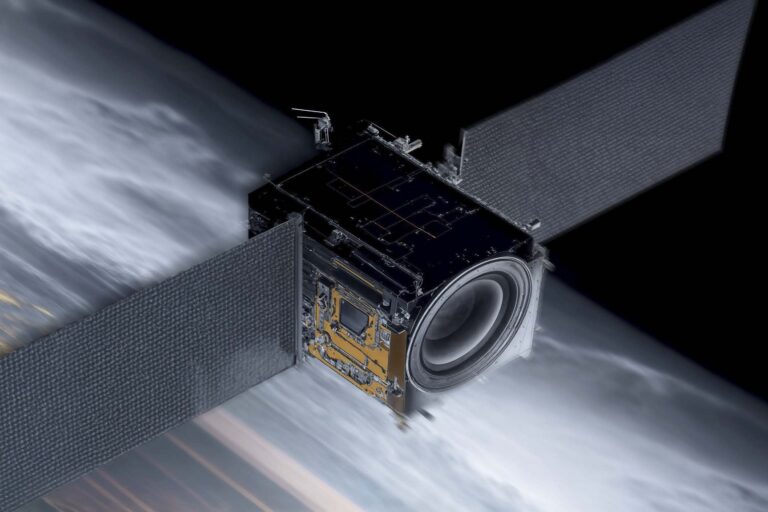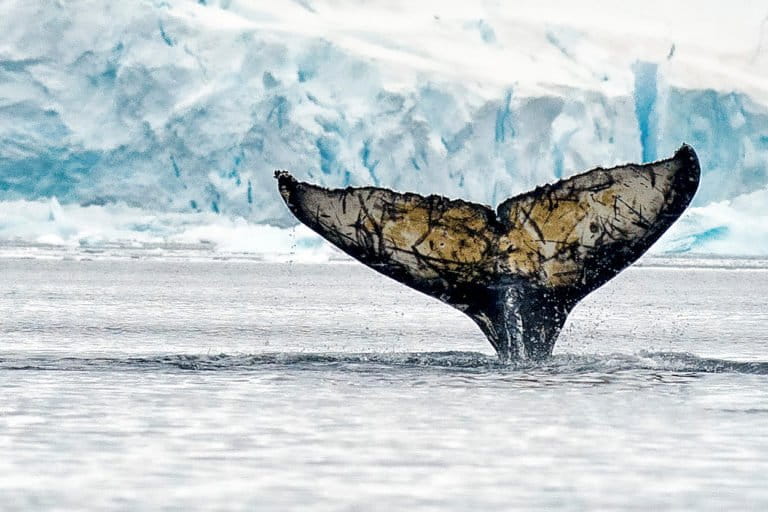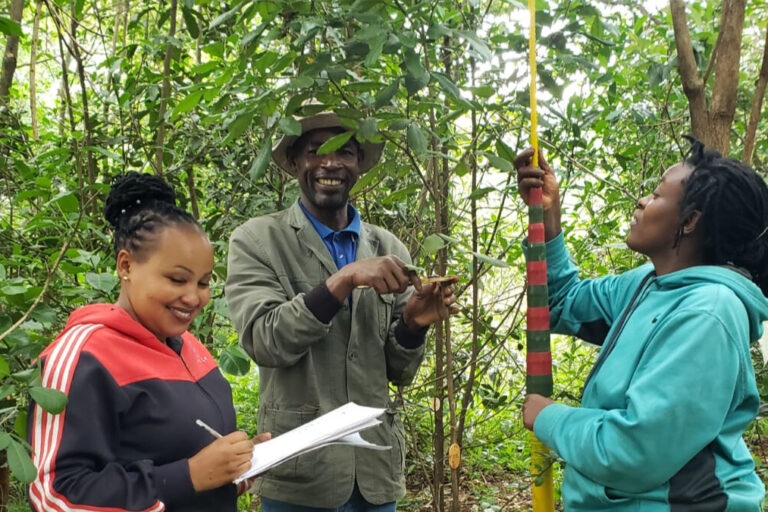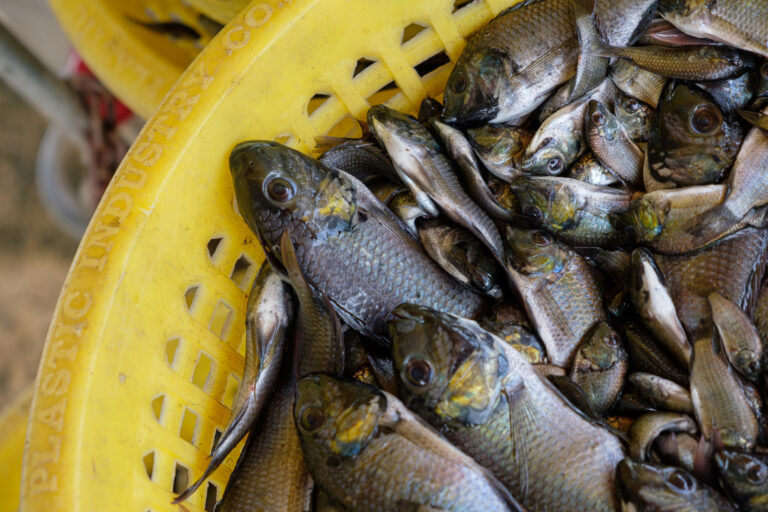- Until 2024, spatial limits across four sub-areas of the Antarctic Peninsula region had reduced the risk of concentrated fishing in areas preferred by whales, seals and penguins.
- The Convention for the Conservation of Antarctic Marine Living Resources (CCAMLR) had taken an ecosystem-based approach, recognizing that effects of fishing can ripple through ecosystems; but with the recent lapse of its Conservation Measure 51-07, ships can now concentrate their fishing efforts in key wildlife foraging hotspots.
- This October, as delegates gather to discuss CCAMLR priorities, the authors of a new commentary argue that, “At stake is more than a fishing rule, but also the commitment to manage fisheries proactively, rather than reactively.”
- This post is a commentary. The views expressed are those of the authors, not necessarily of Mongabay.
All along the western Antarctic Peninsula, whales, penguins and seals in their millions depend on krill (Euphausia superba) throughout the year. In the most rapidly warming region on the continent, they are now facing an additional and unprecedented threat.
For the first time in 15 years, industrial vessels may undertake increased and more concentrated fishing for krill in this region. The record catch limit was reached this past August, triggering an unparalleled early closure of the fishery. This change comes after the Commission for the Conservation of Antarctic Marine Living Resources (CCAMLR), the multilateral body responsible for conserving marine species in the Southern Ocean, allowed a critical conservation measure (CM 51-07) to lapse in 2024, removing precautionary regulations that previously distributed catches across the region to reduce direct competition between the fishery and krill-dependent predators.
While this new scenario doesn’t technically break any rules, this may be precisely the problem. Fishing within catch limits may still risk adversely affecting krill-dependent predator populations. The cascading ecological consequences can be widespread, while the precautionary principles that guide CCAMLR are put to the test.
Antarctic krill are the cornerstone species of the Southern Ocean; they are the primary food source for a suite of species and provide important contributions to the global carbon cycle. They are so important that they inspired a pioneering conservation mandate, the Convention for the Conservation of Antarctic Marine Living Resources (also CCAMLR). Unlike traditional fisheries that maximize harvest, the CCAMLR embedded the ecosystem-based approach in its foundational text back in 1982, recognizing that the effects of fishing can ripple through ecosystems (to the predators of target species). Soon after, the CCAMLR established the Ecosystem Monitoring Program to ensure fisheries are managed with this wider effect in mind.

Ecosystem-based fisheries management and the precautionary approach
For krill, the practical application of this approach is grounded on two pillars: a precautionary catch limit (to avoid harvesting too much overall) and spatial management (to avoid taking too much from any one place). The first kicks in under environmental and scientific uncertainty (acting before it is too late). The latter is critical because krill distribution is patchy, predator populations consistently feed in a limited number of krill-rich feeding grounds, and taking too much from one of these ecologically significant areas can disproportionately affect ice and land-based predators, which have limited flexibility in their foraging range.
In the Antarctic Peninsula region, chinstrap penguin (Pygoscelis antarcticus) populations have declined by about 30% over recent years, primarily following winters with low sea-ice extent; humpback whales (Megaptera novaeangliae) have lower pregnancy rates when krill is scarce; and Antarctic fur seal (Arctocephalus gazella) populations are exhibiting steep declines in abundance and pup survival consistent with decreasing krill and fish availability. In each case, the mechanism comes back to krill availability during key breeding, calving or feeding periods. This region is also the location of the largest, and continuously growing, commercial krill fishery.
Here, climate change has reduced Antarctic sea-ice abruptly and is already shrinking and shifting ice-dependent krill populations. There is evidence that climate change, coupled with krill fishing, is having negative impacts on the ecosystem. Predator tracking data are showing significant spatial and temporal overlap, with the industry disproportionately targeting the same feeding grounds and coming into increasingly direct competition with predators. Whales and seals are also now being occasionally caught as bycatch in fishing nets.

CCAMLR’s slipping mandate
In the Southern Ocean, effective management of the krill fishery must be done across time (seasonally) and space (spatially). Until 2024, Conservation Measure 51-07 placed spatial limits on krill catches across four sub-areas of the Antarctic Peninsula region to reduce the risk of concentrated fishing near predator fishing grounds. With 51-07 now lapsed, the fishery can concentrate its entire catch in key predator foraging hotspots, removing regional protections.
The lapse of this key conservation measure marks a step backward from the precautionary, ecosystem-based model that once made the CCAMLR a leader. Ecosystem-based management goes beyond monitoring the health of the ecosystem; it needs timely adjustment of fishing activity in response to early signs of stress and ecological uncertainty. Without small-scale spatial management, that foundation is weakened and it raises the question: Should fishing operations with no spatial safeguards be permitted in such critical areas when the risks for ecosystem impacts are high?
This October, the CCAMLR meets again. At stake is more than a fishing rule, but also the commitment to manage fisheries proactively, rather than reactively. Countries can work together to finalize a stronger strategy for precautionary krill fishery management that includes establishing a marine protected area around the Antarctic Peninsula, balancing both predators’ and fishery needs, to protect krill and the ecosystem that they rely on.
Will the CCAMLR step up to its role, or will it start measuring its success in tons rather than in ecosystem health?
Andrea Capurro is a member of Leading Women for the Ocean and Mary-Anne Lea is a professor of marine/polar predator ecology at the Institute for Marine and Antarctic Studies at the University of Tasmania, Australia.
Banner image: Chinstrap penguins (Pygoscelis antarctica) on Deception Island, Antarctica. Image courtesy of Jay Williams / WWF.
Related audio from Mongabay’s podcast: Biological oceanographer John Ryan discusses his team’s findings that whales’ songs rise and fall with their food supply, which provides valuable insights into how changing ocean conditions can affect their health and guide management measures. Listen here:
See related coverage:
Citations
Watters, G. M., Hinke, J. T., & Reiss, C. S. (2020). Long-term observations from Antarctica demonstrate that mismatched scales of fisheries management and predator-prey interaction lead to erroneous conclusions about precaution. Scientific Reports, 10(1), 2314. doi:10.1038/s41598-020-59223-9
Cavan, E. L., Mackay, N., Hill, S. L., Atkinson, A., Belcher, A., & Visser, A. (2024). Antarctic krill sequester similar amounts of carbon to key coastal blue carbon habitats. Nature Communications, 15(1), 7842. doi:10.1038/s41467-024-52135-6
Hindell, M. A., Reisinger, R. R., Ropert-Coudert, Y., Hückstädt, L. A., Trathan, P. N., Bornemann, H., … Raymond, B. (2020). Tracking of marine predators to protect Southern Ocean ecosystems. Nature, 580(7801), 87-92. doi:10.1038/s41586-020-2126-y
Krüger, L. (2023). Decreasing trends of chinstrap penguin breeding colonies in a region of major and ongoing rapid environmental changes suggest population level vulnerability. Diversity, 15(3), 327. doi:10.3390/d15030327
Pallin, L. J., Kellar, N. M., Steel, D., Botero‐Acosta, N., Baker, C. S., Conroy, J. A., … Friedlaender, A. S. (2023). A surplus no more? Variation in krill availability impacts reproductive rates of Antarctic baleen whales. Global Change Biology, 29(8), 2108-2121. doi:10.1111/gcb.16559
Krause, D. J., Bonin, C. A., Goebel, M. E., Reiss, C. S., & Watters, G. M. (2022). The rapid population collapse of a key marine predator in the northern Antarctic Peninsula endangers genetic diversity and resilience to climate change. Frontiers in Marine Science, 8, 796488. doi:10.3389/fmars.2021.796488
Abram, N. J., Purich, A., England, M. H., McCormack, F. S., Strugnell, J. M., Bergstrom, D. M., … Robinson, S. A. (2025). Emerging evidence of abrupt changes in the Antarctic environment. Nature, 644(8077), 621-633. doi:10.1038/s41586-025-09349-5
Veytia, D., Corney, S., Meiners, K. M., Kawaguchi, S., Murphy, E. J., & Bestley, S. (2020). Circumpolar projections of Antarctic krill growth potential. Nature Climate Change, 10(6), 568-575. doi:10.1038/s41558-020-0758-4
Sequeira, A. M., Rodríguez, J. P., Marley, S. A., Calich, H. J., van der Mheen, M., VanCompernolle, M., … Eguíluz, V. M. (2025). Global tracking of marine megafauna space use reveals how to achieve conservation targets. Science, 388(6751), 1086-1097. doi:10.1126/science.adl0239
Watters, G. M., & Hinke, J. T. (2022). Conservation in the Scotia Sea in light of expiring regulations and disrupted negotiations. Conservation Biology, 36(5), e13925. doi:10.1111/cobi.13925
Meyer, B., Atkinson, A., Bernard, K. S., Brierley, A. S., Driscoll, R., Hill, S. L., … Kawaguchi, S. (2020). Successful ecosystem-based management of Antarctic krill should address uncertainties in krill recruitment, behaviour and ecological adaptation. Communications Earth & Environment, 1(1), 28. doi:10.1038/s43247-020-00026-1














